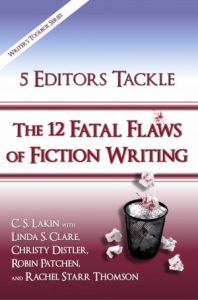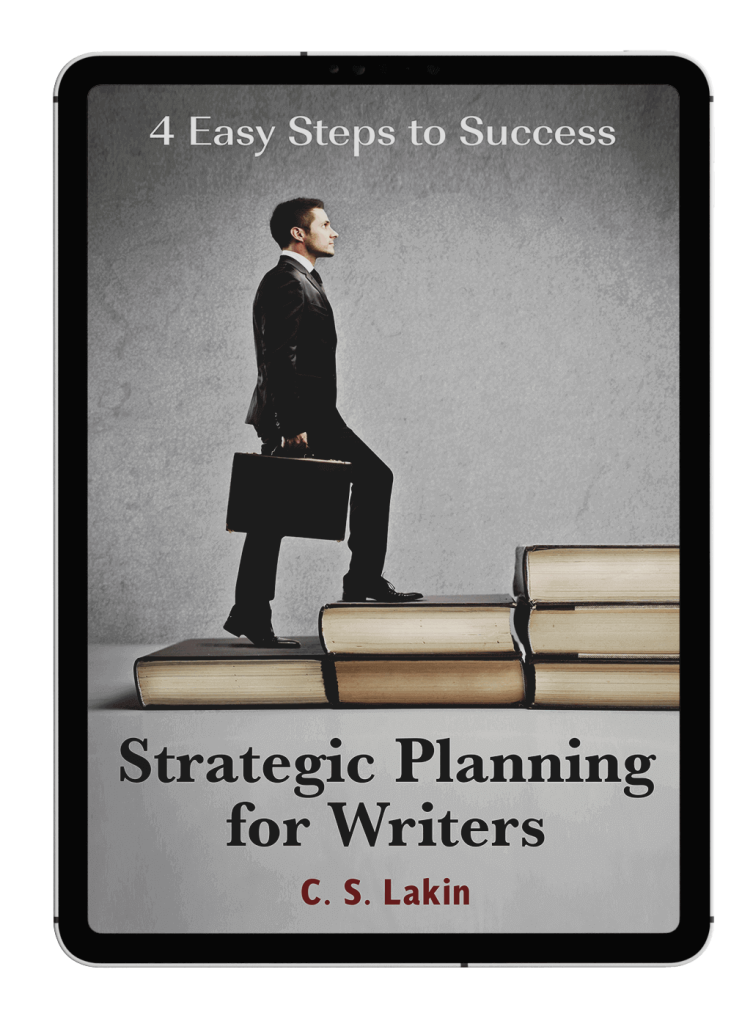Handling Backstory in Dialogue in Your Opening Pages
So many new writers start their books with pages—even chapters—of backstory. They want to tell the reader all about the creation of their fantasy world. Or they want to make sure readers understand every nuance of Mexican politics in 1956 because it will be critical to the plot on page 103. They want to make sure the reader understands every feature of time travel or cloning in the year 2133.
Then their editor suggests that instead of including all this material in the opening chapters of their book, they should just reveal the backstory through dialogue. Aha, the author thinks, dialogue—of course! After all, dialogue is a great way to open in media res and cut to the good stuff. But instead of jettisoning their precious descriptions and explanations, they essentially put quotation marks around the same ponderous material.
Problem solved, right? Wrong.
None of your characters should talk like the narrator. And readers still don’t want a backstory dump—even in dialogue. Often the attempt to stuff backstory into dialogue results in long, tedious monologues instead of more believable two-way conversation.
Before:
Debby started panicking. “You know, John, that we can’t send people back in time without the right amount of energy, and even though we’ve done an excellent job in extracting energy from dark matter, as our last two experiments attest, I fear that there isn’t enough to get Colleen into the past and out of danger. Just look at the flux capacitor levels—the microcosm indicator is off as well, and it needs to be at 90 percent for a guaranteed trip. The flux capacitor is crucial for making a time jump, and needs to be at about 92 percent efficiency to work well. Also you need to contact Clare and Silas and make sure they can divert another 38 gigawatts of energy to the main frame so in one hundred hours she can make her jump back to the present. The main frame can handle up to 50 gigawatts, so that shouldn’t be a problem.”
Whew, did you find that tedious to read?
To make matters worse, these types of monologues often take place in the middle of important action—and readers aren’t going to believe a character will stop and give a lecture when bullets are flying or buildings are blowing up around her. Backstory, even in “active” dialogue, stops the present action.
After:
Debby frowned at the bank of blinking lights. “We don’t have enough energy here for Colleen to make the jump.”
“What can we do?” John asked.
An alarm sounded, and Debby hit the panel to the left to silence it. “Don’t know.” She glanced at the flux capacitor level and shook her head. It was nowhere near the 90 percent she needed. “I think you need to contact Clare and Silas. Maybe they can divert more energy.”
“How much do we need?” John asked.
Debby did some quick calculations. “At least another 89 gigawatts.”
“All right.” John jumped out of his chair. “I’ll contact them—if I can find them.”
In this example, we assume that John and Debby already know a great deal of the backstory and pertinent information because they are in the story. Even if I want to make sure that the reader is clear about time travel, a cumbersome description like this one only slows the action.
Readers Don’t Really Need to Know It All
Have faith in your characters, and even more faith in your readers. Allow the reader to enjoy the journey. It can be more fun to discover the world and plot along with the heroine than to have it all explained. When dialogue sums everything up, the reader may wonder why he should bother to read on.
Use a limited amount of shorthand that your readers will understand to convey what is going on. Use the characters to convey their expertise in their own proprietary language, which can add depth to a character and give a sense of what’s going on.
Make the notes for your world; do the research. Become the expert in your field of study and of the world you are developing. But don’t build a time machine piece by piece through your dialogue.
Another disadvantage of placing every bit of information in the beginning of your novel or story via dialogue is that by chapter 4 you’ll have nothing left to reveal.
If the situation has been explained, and you, the author, feel it’s all been said, your dialogue may then become sterile, stiff, and unnatural sounding. You know that your characters must speak to one another, but if their situation as well as the plot has already been outlined, there is little reason to advance the plot through the conversations.
Here are some things you can do to avoid dumping too much backstory in your dialogue:
- Jettison all the dense backstory paragraphs at the beginning of your novel’s scenes.
- Explain in common, character-driven language some finer points of the plot via dialogue.
- Trust your reader to pick up on gestures, expressions, and atmosphere as substitutes for direct (and long) explanations.
- Don’t explain everything—only bring in bits that are essential, are interesting, and advance the plot.
- Don’t build a time machine all in one monologue.
Readers don’t spend as much time as they used to “getting into” a novel or story. It is your job to put the reader into the action and create intimacy with your characters as quickly as possible. The rest will follow.
In Conclusion . . .
Take some time to look at your novel (or short story) opening, as well as your scene openings. Consider how and where you are showcasing your POV character. Is she doing boring, passive things? Thinking a lot without being shown in action? Are you intruding as the author to foreshadow things that will occur later, things your character can’t know?
One of the best ways to avoid this fatal flaw is to choose strong moments in which to bring your character onstage. If you plan ahead, knowing the high moment you are building to, you can get your character into the action just before conflict starts.
We’re tempted to explain in detail our backstory, character motivation and reasoning, and what our setting and characters look like. But no one wants a truckload of information dumped at the start of a story. Readers want to be swept away, transported—not buried under a ton of rock.
Your thoughts? Do you struggle with trusting your reader?
 Don’t fall victim to the fatal flaws of fiction writing.
Don’t fall victim to the fatal flaws of fiction writing.
This extensive resource is like no other! With more than sixty before and after passages, we five editors show writers how to seek and destroy these flaws that can infest and ruin your writing.
Here are some of the 12 fatal flaws:
- Overwriting—the most egregious and common flaw in fiction writing.
- Nothin’ Happenin’—Too many stories take too long to get going. Learn what it means to start in medias res.
- Weak Construction—It sneaks in at the level of words and sentences, and rears up in up in the form of passive voice, ing verbs, and misplaced modifiers.
- Too Much Backstory—the bane of many manuscripts. Backstory has its place, but too often it serves as an info dump and bogs down pacing.
- POV Violations—Head hopping, characters knowing things they can’t know, and foreshadowing are just some of the many POV violations explored.
- Telling instead of Showing—Writers have heard this admonition, but there’s a lot to understanding how and when to show instead of tell.
- Lack of Pacing and Tension—Many factors affect pacing and tension: clunky passages, mundane dialogue, unimportant information, and so much more.
- Flawed Dialogue Construction—Writers need to learn to balance speech and narrative tags and avoid “on the nose” speech.
- “Underwriting”—just as fatal as overwriting. Too often scenes are lacking the necessary actions, descriptions, and details needed to bring them to life.
- Description Deficiencies and Excesses—Learning how to balance description is challenging, and writers need to choose wisely just what to describe and in what way.
Don’t be left in the dark. Learn what causes these flaws and apply the fixes in your own stories.
No one need suffer novel failure. You don’t have to be brilliant or talented to write strong fiction. You just need to be forewarned and forearmed to be able to tackle these culprits. And this book will give you all the weapons and knowledge you need.
“This book should be on every writer’s bookshelf.” —Cheryl Kaye Tardif, international best-selling author











Excellent post! Thanks for making everything concrete and easy to understand. I’ve shared the post online. All best to you!
Thank you! That was a very clear example of what to do.